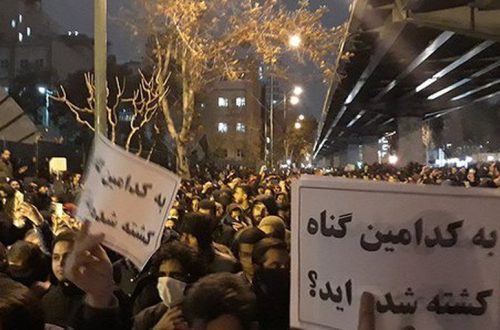This is a cross-post from Marc Goldberg
The importance of the new arms deal between Israel and the United States cannot be overstated.
The arrival of an as yet undisclosed number of KC-135 aerial refuelling aircraft will give the Israeli Air Force (IAF) the range to attack any target in Iran that it deems necessary in order to suppress the Iranian nuclear program.
This is quite simply a game changer.
Up until now just about every expert and pundit, not to mention former chief of staff of the IDF has known that Israel simply couldn’t launch an attack against Iran on it’s own and that all talk to the contrary was more bluster than threat. That is no longer the case or rather it will no longer be the case once the tankers arrive and our pilots have been trained in their use.
Many of the challenges of attacking Iran remain, but distance is no longer one of them. The aerial refueling capability means that from now on when the Prime Minister of Israel talks about attacking Iran he needs to be taken seriously.
In absolute terms the tankers on their own ensure that the IAF can reach every target in Iran that they need to, everything is in range. What they don’t do is increase the destructive power of the ordnance that their F-15s and F-16s can carry. Any strike that would be launched is likely to be launched at targets that were built with defense in mind. Essentially meaning that a large part of them is underground.
Although the much vaunted BLU-109 bunker buster bombs are on their way into the inventory of the IAF they are able to penetrate six feet of reinforced concrete whereas, for example, the Natanz nuclear plant is built under 22 meters of dirt as well as eight meters of reinforced concrete and in a facility that is about 100,000 square meters in size. Now multiply those problems by at least another 20 facilities that need to be attacked, probably more and the scale of the challenge still involved in destroying the Iranian program becomes clear.
These challenges are not insurmountable but it does mean that no attack on Iran can take place without Israeli boots on the ground, that fact is so important that I’m going to say it again;
No attack on Iran can take place without Israeli boots on the ground!
What’s really interesting is that the announcement about the imminent arrival of the V-22 Osprey into the inventory of the IAF came almost as an aside to the news of the KC-135s. These aircraft are a feat of design that compares with no other. They look like a regular propeller aircraft albeit with unusually large props on each wing. The wings can then be tilted 90 degrees while the plane is in the air giving it all of the hover capability of a helicopter. It has already performed exceptionally well in combat zones in Iraq, Afghanistan and elsewhere. It is perfect for the deployment of Special Operations Forces.
With the Osprey the IDF will gain the capability to transport troops and their equipment to the target zone in sufficient numbers not merely to conduct the reconnaissance that they are already carrying out but to launch direct action attacks.
Although it’s unlikely that the IDF has the power to stop the Iranian nuclear programme dead its tracks it does have the power to set it back a long way.
Tehran, are you listening?


